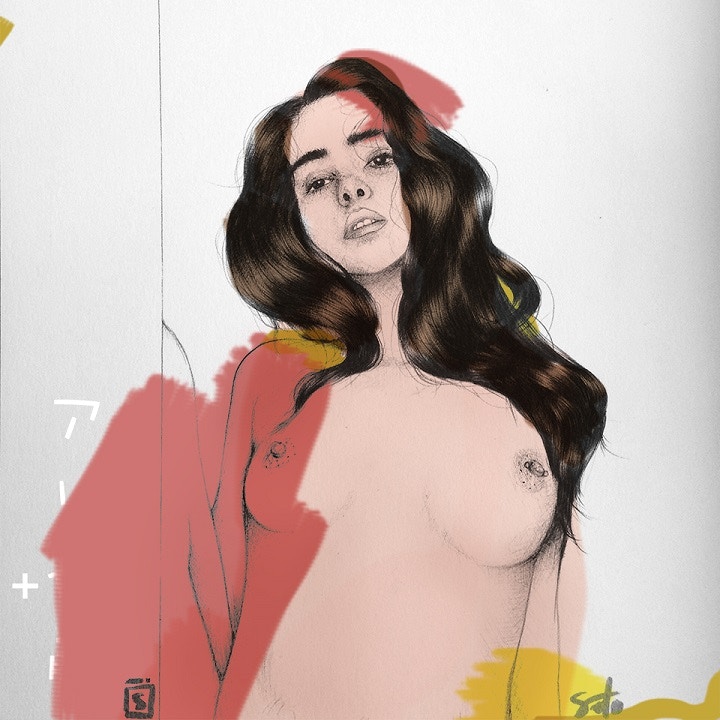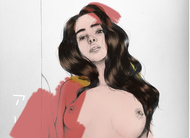Digitalising Illustration: Interview with Designer and Photographer Mark Manzi
Posted by Cass Art on 4th Jun 2020
With the success of digital galleries, online portfolios and social media transforming how we engage in creativity, there is an increasing pressure for artists to digitalise their artworks.
As the boundaries between photography, performance, design and mixed media are increasingly blurred, we turned to artist Mark Manzi for some advice on how to navigate this new landscape…
Born in Manchester, designer and photographer Mark began a series of illustrations under the pseudonym Team Sato, as a therapeutic escape from the screen to create analogue illustrations. Drawing on geometry, typography and colour, his playful approach to illustration combines both watercolour washes with detailed, pen and ink drawings.
We caught up with Mark to find out more about his practice and how his digital practice influences his illustration work…

Hi Mark! How has your artistic career developed since graduating from university?
I studied Graphic design at Nottingham Trent. I never did illustration because it was always a hobby and never really imagined that I would take it this far or that people would be into it as much as me.
I work as a designer/photographer and use illustration as my time away from the screens, so I can focus on mark making and not image making. It’s very therapeutic to draw. I have worked with a lot of talented people and they all encourage me to keep working on my arts. Ben (@fromvirginiaben) has been someone that I’ve grown up with and we both push each other to be better. There are many friends/friends of friends I would love to work with in the future like Joe and Polly (@pollynor).
Can you tell us more about how you began creating your illustrations?
I started my illustration drawing Dragon Ball Z characters when I was in primary school, they were slightly better than my cousins so I thought maybe I could get into this whole art thing. Although I was always interested in music and was studying to be a sound engineer, so art took a backseat during that time. It was only when I started doing graffiti with my childhood friend Ben that I got back into painting, colours and illustrations. My mum and brother have always loved my work too and always kept me going.

When did you first start incorporating watercolour into your drawings?

Can you talk us through the process behind your work?

I was influenced by Art Nouveau painter Alphonse Mucha, Hokusai and Hiroshige; who I studied in my early art lessons and also featured more females than men. I loved the style of Mucha with long lines, framing and twirls. I also loved the idea that colour was secondary to Hokusai and Utagawa Hiroshige in the Japanese woodblock prints.
I still embody Japan in my work as it was a big influence on me. I loved Japanese art and then began to really like everything about the place itself, my name Sato is something I got from my favourite ex F1 driver called Takuma Sato, no surprise that he is Japanese.
How has the introduction of watercolour textures and washes influenced your work?

How does your illustration style translate into a digital format?
You use a lot of bold, block colour in your photography. Does this digital composition influence your drawings?

Do you have any materials you cannot live without?
I use the Parker Quink black ink for large areas of filled black because it really holds up in the watercolours and overtime changes in hues. For my paper I tend to use the heavy weight Cass Art Cartridge Paper and Windsor & Newton Inks - canary yellow is the best yellow I’ve ever seen.

What do you enjoy most about the media you work in?
What can we look forward to in the future?
Team Sato is launching various clothing ranges in June and July – watch this space!

Feeling Inspired?
You can explore more of Mark’s work on his website www.markmanzi.com and on Instagram @teamsato
Experiment with your own watercolour works with our range of Watercolour products online and in-store.
Looking to transform your artworks into a digital form? Ask our staff artists in-store for their advice and guidance.


